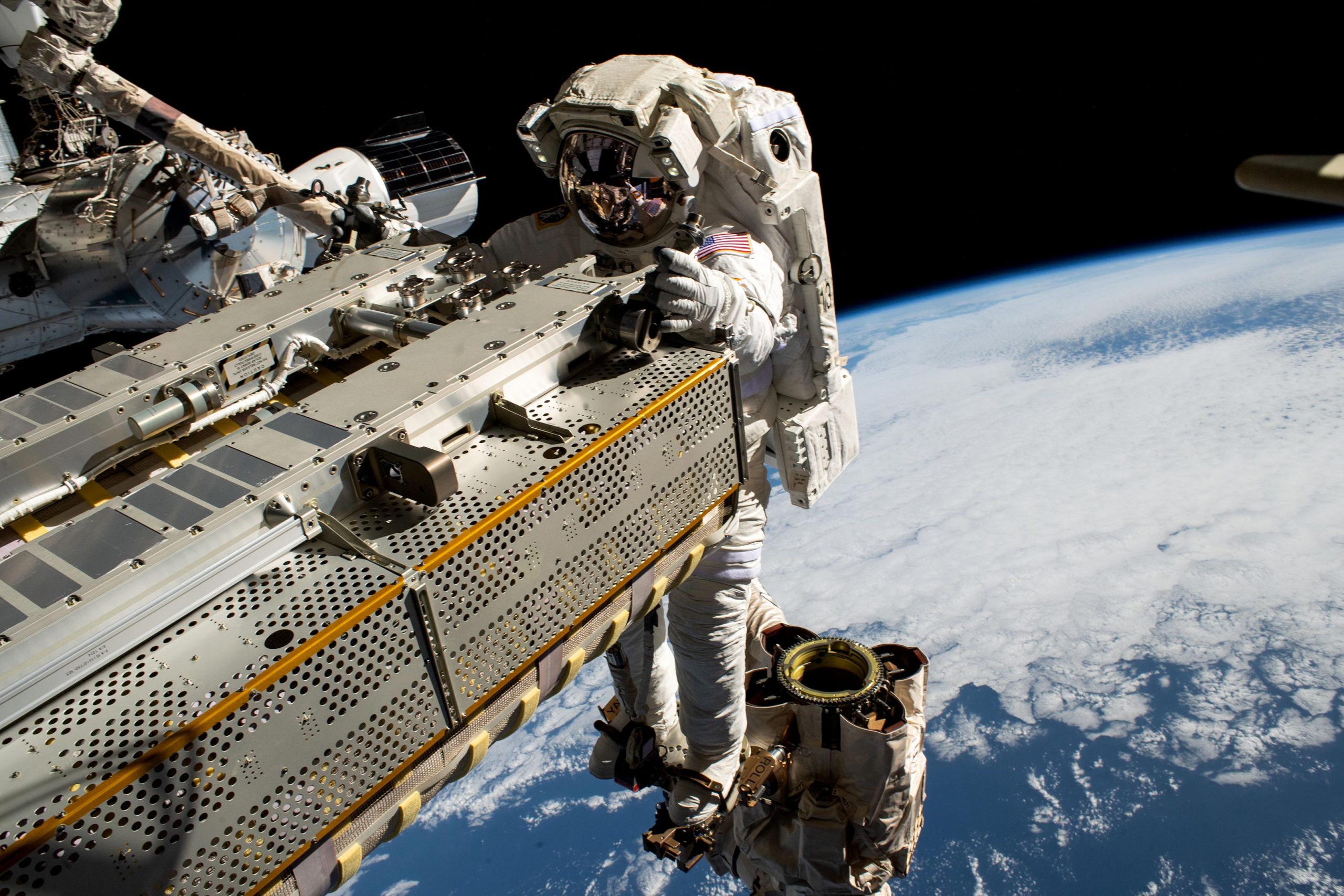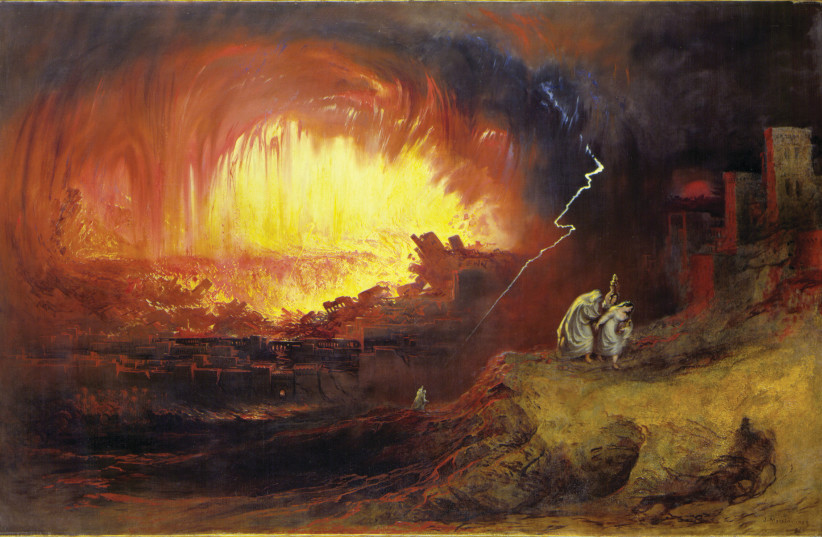
2023년 6월 15일 NASA 우주 비행사 Steve Bowen과 Woody Hoburg가 에너지 채널 1B에 성공적으로 설치한 후 등장한 새로운 태양 전지판의 모습. 신용: NASA TV
International Space Station during a 5-hour spacewalk, boosting power production. This marked Bowen’s tenth spacewalk, tying the record for most U.S. spacewalks.
Expedition 69 Flight Engineers Woody Hoburg and Steve Bowen of NASA concluded their spacewalk at 2:17 p.m. EDT (11:17 a.m. PDT) after 5 hours and 35 minutes. The spacewalk began at 8:42 a.m. EDT.
Hoburg and Bowen completed their major objective to install an IROSA (International Space Station Roll-Out Solar Array) to augment power generation for the 1B power channel on the station’s starboard truss structure.
The new array is 60 feet long by 20 feet wide (18.2 meters by 6 meters) and is shading a little more than half of the original array, which is 112 feet long by 39 feet wide. Each new IROSA produces more than 20 kilowatts of electricity and together enable a 30% increase in power production over the station’s current arrays.

NASA astronaut and Expedition 68 Flight Engineer Woody Hoburg rides the Canadarm2 robotic arm while maneuvering a roll-out solar array toward the International Space Station’s truss structure 257 miles above the Pacific Ocean. In the rear, is the SpaceX Dragon crew vehicle that docked to the Harmony module’s forward port on March 3 carrying four SpaceX Crew-6 crew members. Credit: NASA
NASA and Boeing have a plan in place for a fourth set of roll-out arrays to further augment the International Space Station’s power supply. These arrays, which would be the seventh and eighth installed on space station, are targeted for delivery to the orbital outpost in 2025.
It was the 265th spacewalk in support of space station assembly, upgrades, and maintenance. The spacewalk marked the second for Hoburg and tenth for Bowen, tying him for the most spacewalks by a U.S. astronaut along with Mike Lopez-Alegria, Bob Behnken, Peggy Whitson, and Chris Cassidy.
Hoburg and Bowen are in the midst of a science mission living and working aboard the microgravity laboratory to advance scientific knowledge and demonstrate new technologies for future human and robotic exploration missions, including lunar missions through NASA’s Artemis program.

“요은 베이컨과 알코올에 대한 전문 지식을 가진 닌자입니다. 그의 탐험적인 성격은 다양한 경험을 통해 대중 문화에 대한 깊은 애정과 지식을 얻게 해주었습니다. 그는 자랑스러운 탐험가로서, 새로운 문화와 경험을 적극적으로 탐구하며, 대중 문화에 대한 그의 열정은 그의 작품 속에서도 느낄 수 있습니다.”









